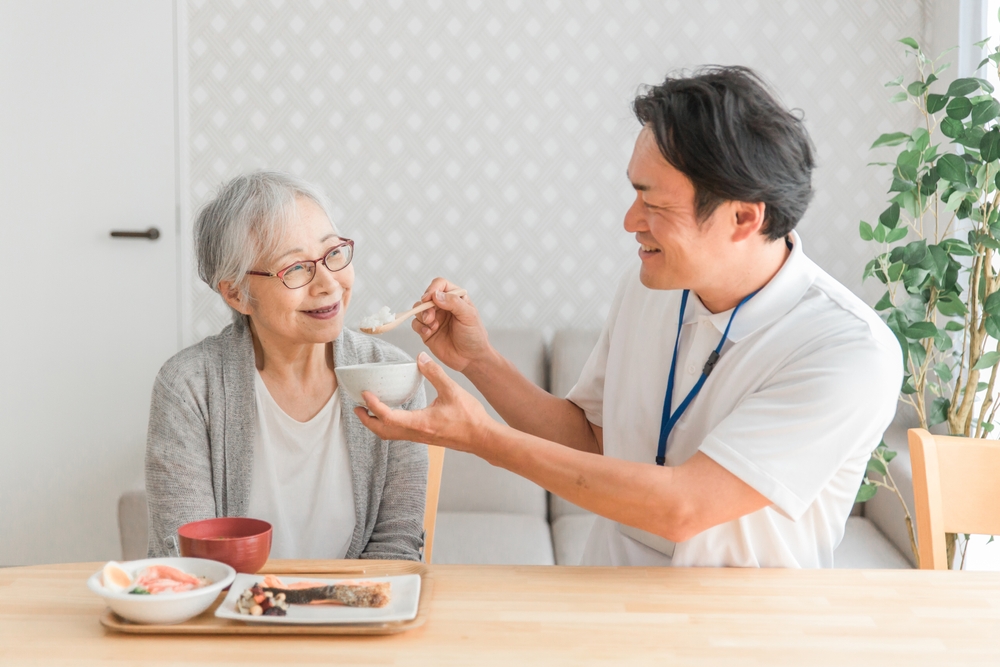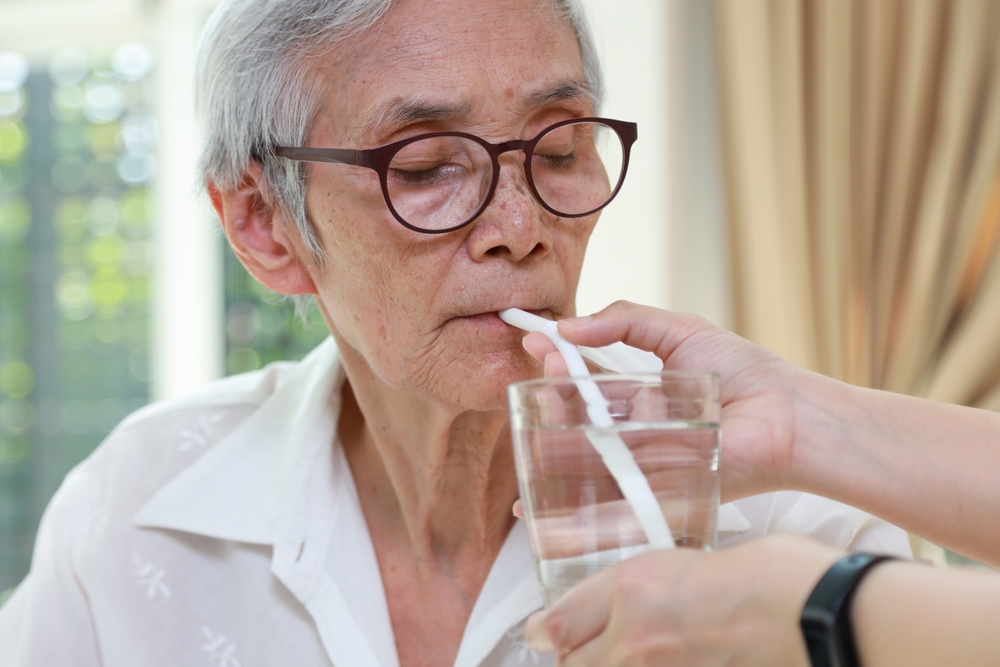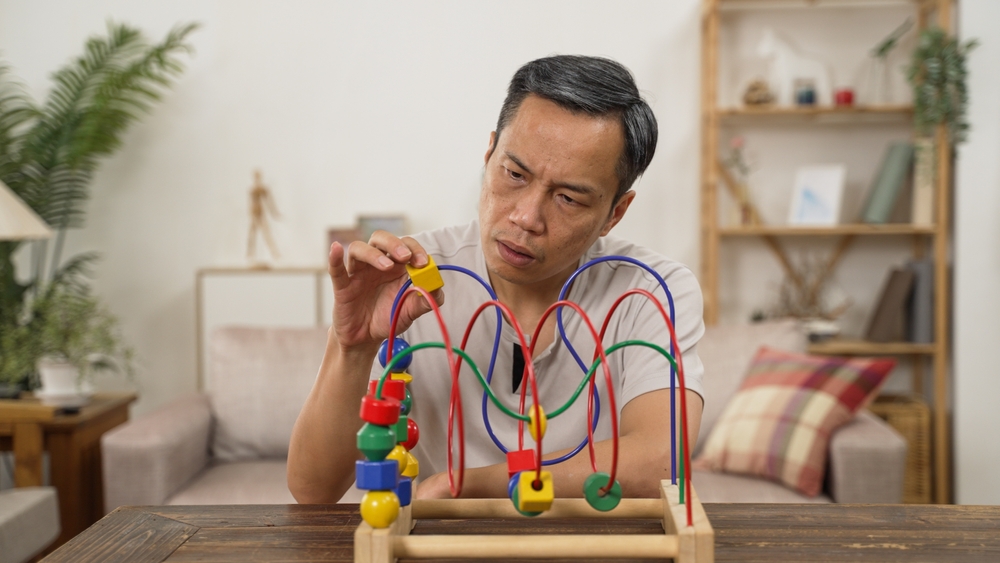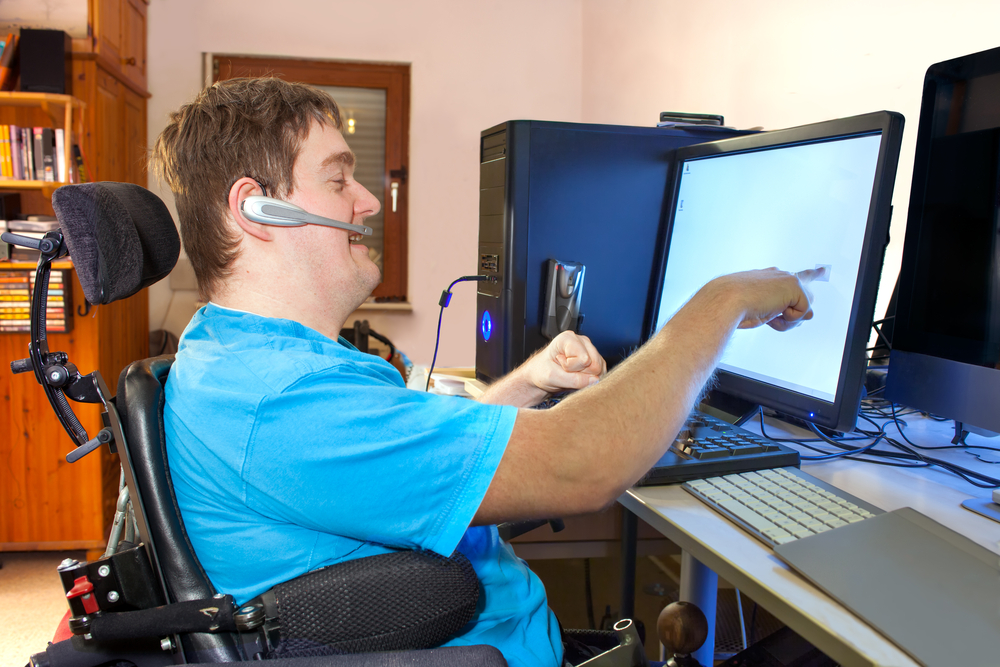Make an Appointment
Parkinson’s disease is a progressive neurological condition that affects movement, balance, and coordination. But it doesn’t just impact the body, it can also change the way someone speaks, communicates, and even swallows. Many people with Parkinson’s notice that their voice becomes softer, words are harder to articulate, and conversations become more tiring.
For families and carers, it can feel heartbreaking to see a loved one struggle to express themselves. Naturally, you may wonder:
- What does speech therapy actually do for someone with Parkinson’s?
- How can I support their communication?
- What should I avoid saying to someone with Parkinson’s disease?
- What does daily life look like for them?
The good news is that speech therapy offers practical strategies, targeted exercises, and tools that help people with Parkinson’s maintain their voice, improve communication, and stay socially connected.
In this guide, we’ll explain what speech therapy involves, the types of techniques that work best for Parkinson’s patients, what happens in a typical therapy session, and how family members can create a more supportive environment.

How Parkinson’s Disease Affects Speech and Communication
Before we look at how speech therapy helps, it’s important to understand why Parkinson’s impacts the voice and swallowing abilities in the first place.
Changes in Voice and Speech
As Parkinson’s progresses, it can affect the muscles involved in speaking. This often results in:
- Reduced voice volume (hypophonia) – Speech becomes quieter and harder to hear.
- Monotone speech – The natural rise and fall in voice tone becomes flatter.
- Slurred or unclear words (dysarthria) – The mouth and tongue muscles may move less precisely.
- Faster or slower speech rate – Making it harder for listeners to follow.
Changes in Facial Expression
Parkinson’s can reduce the range of facial muscle movement, causing what’s often called a “masked face.” This can make emotions harder to read, even if the person feels them strongly.
Swallowing Difficulties
In later stages, Parkinson’s may affect the ability to chew and swallow safely, leading to:
- Coughing or choking while eating or drinking
- Sensation of food “sticking” in the throat
- Weight loss or dehydration if eating becomes difficult
Impact on Confidence and Social Life
When communication feels harder, many people with Parkinson’s start speaking less. They may withdraw from social activities, avoid phone calls, or feel frustrated when others can’t understand them.
Knowing these challenges helps families and carers respond with empathy and patience. For more on Parkinson’s symptoms, visit Parkinson’s Australia – Communication Changes.

How Speech Therapy Helps Parkinson’s Patients
Speech therapy for Parkinson’s focuses on improving voice clarity, volume, and swallowing safety. It also teaches strategies for communicating more effectively, even as symptoms progress.
Voice and Speech Exercises
Speech pathologists use evidence-based approaches to strengthen the voice and improve clarity, including:
- LSVT LOUD® therapy – A specialised program that helps people speak louder with more effort and clearer articulation.
- Breathing and breath support training – Improving airflow to sustain longer sentences and stronger voice projection.
- Articulation exercises – Practising precise mouth and tongue movements for clearer speech.
- Pacing strategies – Learning to slow down speech to make it more understandable.
Non-Verbal Communication Strategies
Since facial expressions may be reduced, therapists encourage:
- Using gestures or hand signals to support speech
- Writing key words or using a communication board
- Incorporating assistive technology like speech-generating apps
Swallowing Therapy
For those experiencing swallowing difficulties (dysphagia), speech therapists provide:
- Safe swallowing techniques, such as chin tuck posture or taking smaller sips
- Modified food textures, making meals easier and safer to swallow
- Exercises to strengthen throat muscles
Communication Partner Training
Speech therapists often involve family members or carers in sessions to teach:
- How to ask supportive questions
- How to reduce background noise to make conversations easier
- When to give extra time for responses
Boosting Confidence and Social Interaction
Therapists also help rebuild confidence by practising real-life conversation scenarios, making it easier to join social activities without fear of being misunderstood.
For more on therapy programs, visit our Speech Pathology services.

What Happens at a Speech Therapy Appointment?
Many people feel nervous before their first session, but speech therapy for Parkinson’s is practical, supportive, and tailored to each person’s needs.
Initial Assessment
The therapist will:
- Discuss your current communication challenges and goals
- Assess your voice volume, clarity, and breath control
- Evaluate swallowing ability if eating and drinking have become difficult
- Ask about social situations where communication is most important (e.g., family meals, phone calls)
Personalised Treatment Plan
Based on the assessment, the therapist will create a plan that focuses on your top priorities, whether that’s speaking more loudly, improving clarity, or swallowing safely.
Therapy Sessions
Sessions may include:
- Guided voice exercises to build strength and projection
- Practising specific words and sentences to improve articulation
- Real-life conversation practice (like ordering coffee or answering the phone)
- Swallowing therapy with food and drink if needed
Involving Family and Carers
Carers are encouraged to join sessions so they can:
- Learn how to communicate effectively with their loved one
- Practise strategies to support conversations at home
- Understand safe swallowing techniques during meals
Home Practice and Ongoing Support
Speech therapy works best with daily practice at home, which may include short voice exercises, reading aloud, or using an app to track volume levels.
Appointments can be held in clinics, at home, or via telehealth for added convenience.

Building a Supportive Daily Routine for Parkinson’s Patients
Alongside therapy, small lifestyle adjustments can make communication and mealtimes easier for people with Parkinson’s.
Creating a Supportive Environment
- Reduce background noise like TVs or radios during conversations
- Speak face-to-face so you can use visual cues and lip reading
- Break down conversations into shorter, simpler topics
Encouraging Regular Practice
- Set aside 10–15 minutes each day for voice exercises
- Read aloud from a favourite book or newspaper to keep the voice active
- Use reminders or apps to track daily practice
Making Mealtimes Safer
- Serve softer foods that are easier to chew and swallow
- Encourage slow eating and small sips of drinks
- Sit upright during meals and stay upright for at least 30 minutes after eating
Supporting Emotional Wellbeing
- Be patient with slower speech, don’t finish sentences unless they ask
- Avoid correcting every word, which can feel discouraging
- Encourage social outings or group activities designed for Parkinson’s
What You Should NOT Say to Someone with Parkinson’s
- Avoid comments like “You don’t look sick”, this can feel dismissive of their challenges.
- Don’t say “You should just try harder to speak up”, speech changes are neurological, not a lack of effort.
- Avoid rushing conversations or acting like you’re too busy to listen, this increases anxiety.
Instead, offer patience, encouragement, and validation.
Understanding Parkinson’s Daily Routine
Daily life for someone with Parkinson’s often includes:
- Taking medications at strict times to manage symptoms
- Incorporating regular exercise or physiotherapy to maintain mobility
- Scheduling speech or occupational therapy sessions
- Rest periods to manage fatigue, which is common with Parkinson’s
By respecting their routine and helping them stay consistent, you can make a real difference in their quality of life.
For more carer tips, visit Carer Gateway

Frequently Asked Questions (FAQs)
What does speech therapy do for Parkinson’s patients?
It improves voice volume, clarity, and articulation, helps with safe swallowing techniques, and teaches strategies to maintain communication and social connection.
What should you not say to someone with Parkinson’s disease?
Avoid dismissive comments like “You don’t look sick” or “Just try harder.” Be patient and supportive rather than rushing or correcting them constantly.
How long does it take to go from stage 3 to stage 4 Parkinson’s?
Progression varies widely. Some people remain stable in stage 3 for years with proper therapy, exercise, and medication, while others may progress more quickly.
What is the daily routine for Parkinson’s patients?
It typically includes strict medication schedules, regular exercise, therapy sessions (like physiotherapy or speech therapy), and planned rest periods to manage fatigue.

Speech therapy is an essential part of managing Parkinson’s disease, helping people maintain their voice, improve communication, and reduce swallowing risks. With regular therapy, daily practice, and family support, many people with Parkinson’s can continue to enjoy meaningful conversations and stay connected to their community.
Next Step
If you or a loved one are living with Parkinson’s and experiencing speech or swallowing changes, you can refer them for a tailored speech therapy program.
Refer someone for an appointment
Our experienced speech pathologists will create a personalised plan to strengthen communication, boost confidence, and support safer eating and drinking.

Date Published: Monday, August 4, 2025
Locate a Speech Pathology Telehealth
Service Near me
Get the experience & convinence you deserve to support your or a loved one's allied health needs.
Our Speech Pathology Telehealth team are currently serving & taking appointments in the following states and regions in Australia:
Need to get into direct contact with ur Client Services team? We're all ears. Call our team directly on 1300 731 733




